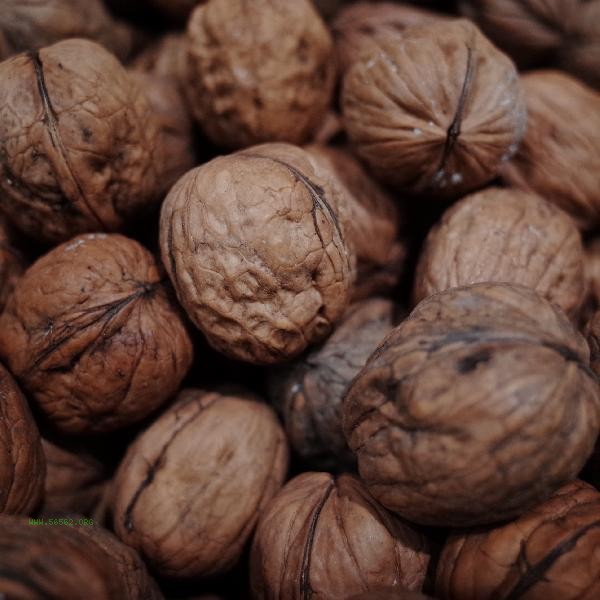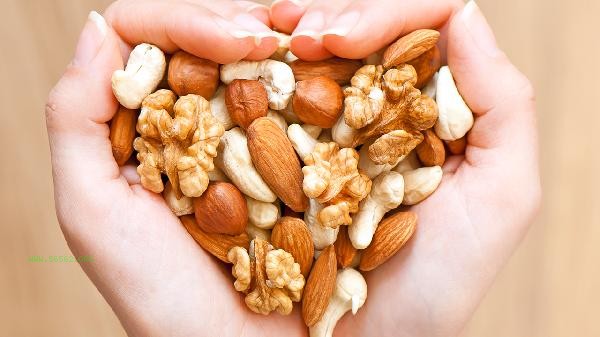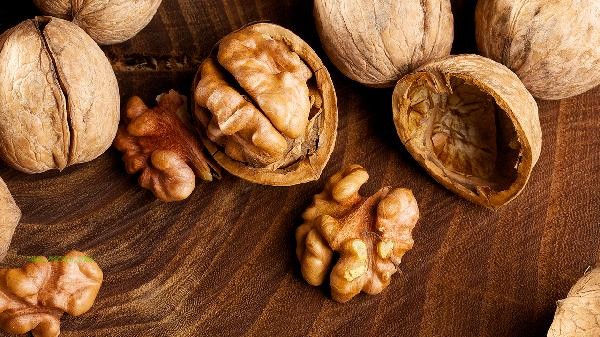Walnut shells belong to kitchen waste. Kitchen waste mainly includes food waste, leftover food, expired food, melon peels, fruit pits, flowers and plants, and other perishable household waste. Walnut shells, as the outer shell of nutty foods, although hard in texture, can be degraded in natural environments and belong to biomass waste. In China's garbage classification standards, this type of organic waste is uniformly classified as kitchen waste. Walnut shells contain components such as lignin and cellulose, which can be converted into organic fertilizers after composting treatment, achieving resource reuse. When disposing of it in daily life, pay attention to draining the water and avoid mixing it with other garbage. Some regions may have special classification requirements for large nut shells, such as coconut shells and durian shells, which may be classified as other types of garbage due to their large volume and slow degradation. But ordinary walnut shells have a smaller volume, and the vast majority of cities still classify them as kitchen waste. If there are special regulations in the region, it is recommended to follow the local garbage classification guidelines. Proper handling of walnut shells can help improve the utilization rate of waste resources. It is recommended to collect walnut shells separately and dispose of them in the kitchen waste bin to avoid mixing them with plastic bags and other impurities. For households with courtyard conditions, walnut shells can be crushed and used for composting or directly spread as a cover in flower beds, which can improve soil structure and reduce waste disposal. In daily life, the use of disposable nut packaging should also be reduced to minimize waste generation from the source.











Comments (0)
Leave a Comment
No comments yet
Be the first to share your thoughts!